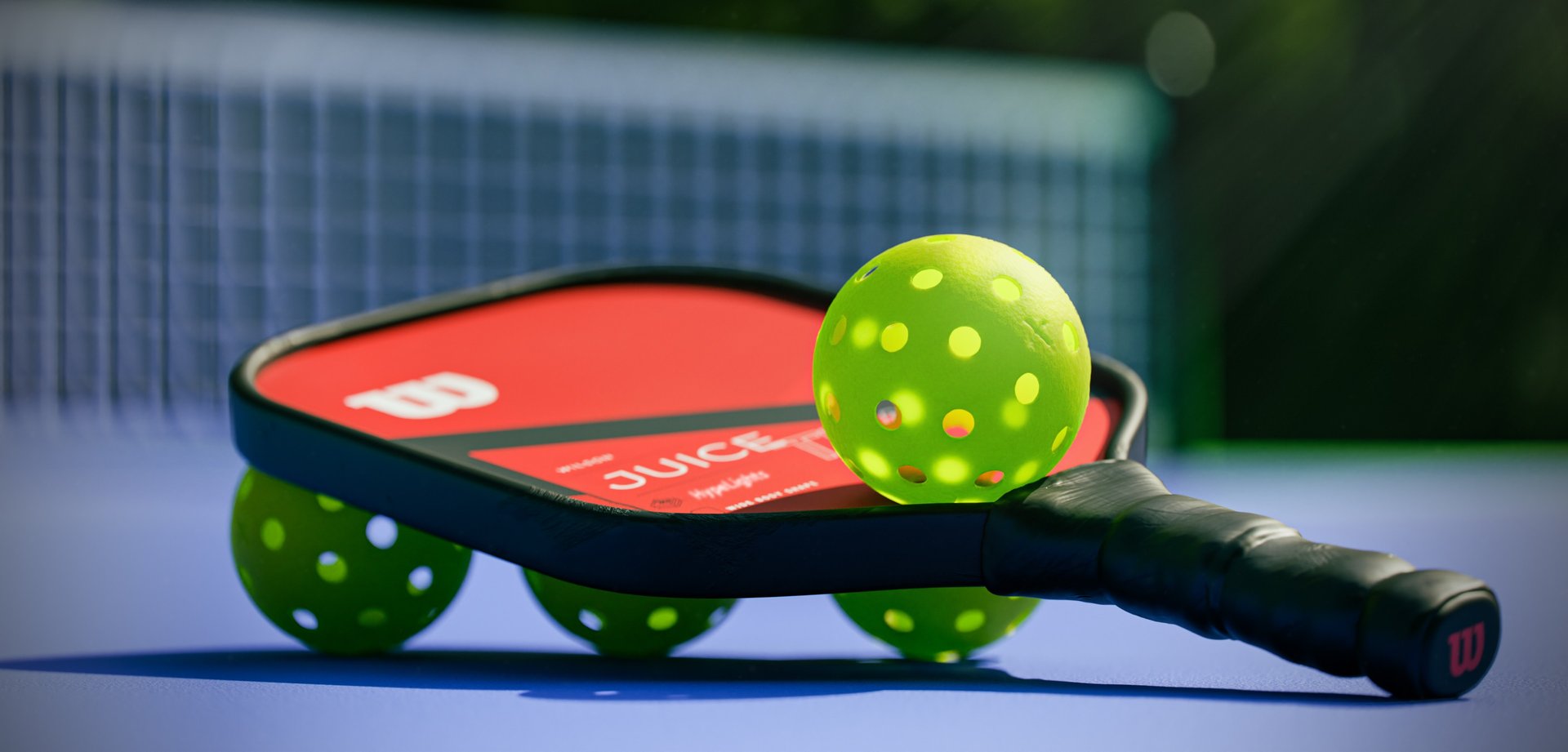Mastering the serve in Pickleball
Title: Mastering the Serve: Tips and Tricks for Pickleball
Introduction: The serve in pickleball sets the tone for each rally, making it a critical skill to master. A well-executed serve puts pressure on your opponents, and gives you an advantage right from the start. In this blog, we will explore some valuable tips and tricks to enhance your serving game in pickleball.
- Find Your Comfortable Stance: Begin by finding a comfortable and balanced stance behind the baseline. Keep your feet shoulder-width apart, distributing your weight evenly. Experiment with different positions to discover what works best for you, providing stability and flexibility during the serve.
- Utilize the Diagonal Serve: Remember that pickleball is served diagonally. Aim your serve to the opponent's diagonal service court. This strategy creates a wider angle, making it challenging for your opponents to return the ball effectively.
- Work on Consistency and Placement: Consistency and placement are key elements of a successful serve. Focus on maintaining a consistent toss height and paddle contact point, allowing for better control. Aim to place your serves strategically, targeting the corners or sidelines to create difficulty for your opponents.
- Vary Your Serve: To keep your opponents guessing and disrupt their rhythm, incorporate different types of serves into your repertoire. Experiment with the speed, spin, and placement of your serves. Consider adding a low, fast serve to prevent easy returns or mix it up with a high lob serve to force your opponents away from the net.
- Master the Soft Serve: The soft serve, also known as the dink serve, can be a valuable tool. By reducing the speed and adding slight spin, you can create a serve that barely clears the net, making it challenging for your opponents to attack. Practice this technique to add an element of surprise to your serving arsenal.
- Develop a Reliable Second Serve: Having a reliable second serve is crucial in pickleball, especially in pressure situations. If your first serve faults, you get another chance. Focus on consistency and placement rather than power on your second serve to ensure a successful outcome.
- Use the Element of Spin: Spin can be a game-changer in pickleball. Experiment with different spin techniques, such as topspin or sidespin, to add complexity to your serves. Strategic use of spin can make it difficult for opponents to return the ball accurately.
- Mind the Non-Volley Zone (Kitchen): When serving, be mindful of the non-volley zone (kitchen). Ensure that both feet remain behind the baseline until you make contact with the ball. This rule helps prevent foot faults and maintains fair play.
- Practice and Repetition: Like any skill, serving in pickleball requires practice and repetition. Dedicate time to practice your serve regularly. Consider working with a partner or joining practice sessions to receive feedback and fine-tune your technique.
- Stay Calm and Confident: Lastly, maintain a calm and confident mindset while serving. Avoid putting undue pressure on yourself and trust in your abilities. Relax your grip, focus on your target, and let your muscle memory take over.
Conclusion: A strong serve can be a game-changer in pickleball, providing you with an advantageous start and putting pressure on your opponents. By implementing these tips and tricks, you can enhance your serving game and become a formidable opponent on the pickleball court. Remember, practice, consistency, and adaptability are the keys to success. So, go out there, serve with confidence, and enjoy the thrill of the game!


